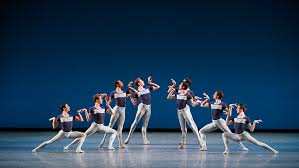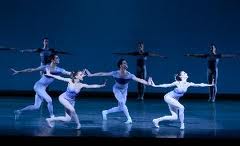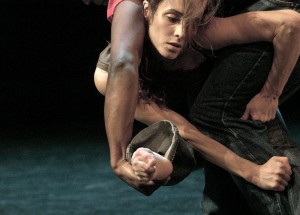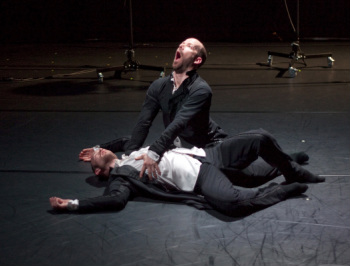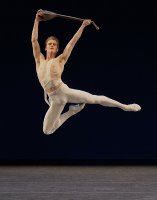By Rachel Straus
Two mid-size ballet companies in North America are in search of artistic directors. Gradimir Pankov is leaving his post at Les Grands Ballets Canadiens of Montreal after 15 years. John McFall is departing Atlanta Ballet after 20 years. In comparison to the majority of the 140-odd ballet troupes across the North American continent, which have minimal seasons and only a handful of dancers, Les Grands and Atlanta employ between 20 and 30 dancers and commission in-demand choreographers for their seasons and tours. So, what is required to helm a mid-size ballet company? Les Grands recently posted the following criteria for their artistic director search:
- “It is important that the AD leads the company by working in the studio, as a teacher, coach, repetiteur, or choreographer.”
- “The AD reports directly to the Board and is responsible for the company’s look, repertoire, choreography, programming, and is an artistic leader.”
- “[The AD has] a mind to fiscal responsibility, and a vision that includes the community’s desire for entertainment [and] artistic achievement.”
- “[The AD should have] a reputation for artistic quality and the contacts and ability to bring the world’s greatest contemporary choreographer’s work to the repertoire of the Company.”
It seems, if one takes the Les Grands advert as more than wishful thinking, the search committee wants the AD to do everything in the studio, know everyone in the ballet world, and have a head for business. Does such a wunderkind currently exist?
Loudes Lopez, a former principal dancer with New York City Ballet, is perhaps the only person who fits the bill. She became the AD of Miami City Ballet in 2012, after serving for five years as the executive director of Morphoses. She kept this company afloat, even after its founder, the choreographer Christopher Wheeldon, jumped ship in 2010. Lopez achieved this feat by inviting guest choreographers to direct separate seasons and by keeping her wary board close. Prior to her work with Wheeldon, Lopez served as the executive director of the George Balanchine Foundation, which is concerned with educational outreach. As a New York City Ballet dancer for approximately 24 years, Lopez developed an intimate understanding of George Balanchine and Jerome Robbins’ repertory, having performed their works while both choreographers were alive. Lopez is a particularly marvelous fit for Miami City Ballet because she was born in Cuba. She is able to fundraise in her native tongue and in a city, known as the gateway to Latin America.
While Lopez appears to be the dream AD, other recent AD hires reveal the more typical profile of a former principal dancer turned ballet master in chief. Take Madrid-born Angel Corella, who danced for American Ballet Theatre. He was hired by Pennsylvania Ballet in 2014. Because of various circumstances, he did not come with impressive executive credentials. After retiring from the stage, Corella returned to his native Spain and attempted to create a ballet company, first in the Castile and León region and then in Barcelona. Corella didn’t have experience fundraising and the Spaniards, especially in the wake of the financial crisis, vacillated about, and then declined to back his ballet company.
Then there is the Cuban-born José Manuel Carreño, another star of American Ballet Theater, who became the AD of Sarasota Ballet in 2011, upon his official retirement from the stage. He is now the head of Silicon Valley Ballet (formerly Ballet San Jose). Like Corella, he came to his first job with scant training in fiscal management, fundraising, or marketing experience.
It will be interesting to see who Les Grands and Atlanta Ballet will hire. In the recent past artistic directors of renowned ballet companies used to be choreographers, such as George Balanchine at New York City Ballet, Frederick Ashton at Royal Ballet and John Cranko at Stuttgart Ballet. Thus their companies had unique artistic profiles. These days ballet companies are in the odd business of performing the same repertory as their fellow troupes. It makes for a homogenized ballet world. My hope is that Atlanta and Les Grands will hire a choreographer, one who puts a real stamp on the artistic “product” of their company. Perhaps this new AD will also be a woman. That would be doubly groundbreaking.

